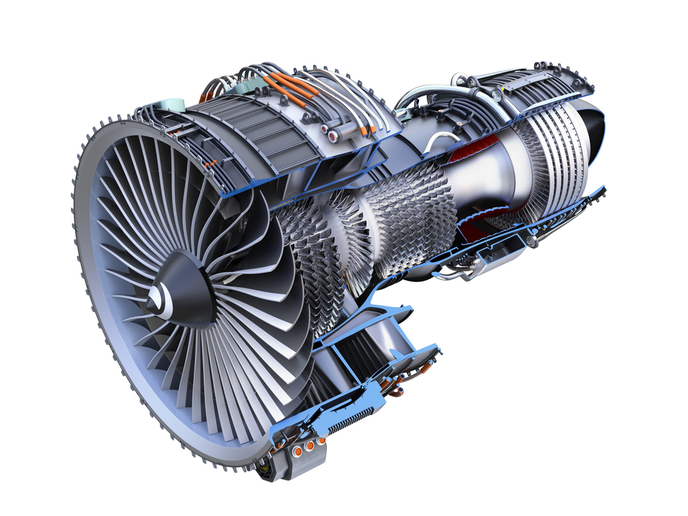How to develop nano-based structures for drag reduction in aviation and manufacturing
Thanks to efforts aimed at developing drag reduction techniques in aviation for lowering fuel consumption, CO2 and noise emissions, the use of microstructures and nanostructures is becoming increasingly popular. In the case of aeroplanes, which constitute a significant portion of greenhouse gas emissions in the transportation sector, riblets have been a frequently investigated method of drag reduction. Enter the EU-funded ReSiSTant project that focuses on reducing the environmental impact of aircraft and industry by applying nanotechnology. It “is developing new nanofunctionalized and optimised riblets’ surfaces to be applied in two real demonstrators related to aircraft turbofan engines and industrial compressors,” as noted in a news item. Riblet refers to a series of microscopic grooves applied to the outer surface of an aeroplane. The same news item states: “Riblet surfaces consist of very small (2-100 microns) streamwise grooved surfaces. They are the only aircraft passive drag reduction system already mature for application in the next-generation aircrafts. These surface structures could achieve up to 8% of drag reduction under turbulent flow conditions. Hence their potential for energy saving as well as weight and noise reduction is enormous in aircraft industry as well as for enhancement of generators’ performances in wind and gas turbine industry.”
Optimising performance
To determine the design of the riblets, the ReSiSTant project focuses on the calculation of geometries, numerical simulation of the riblet effect, and selection of the number of riblets and their positioning. Project partners have run a simulation of the riblet sizes for all demonstrators, performed computational fluid dynamics analysis and analysed nanocoating techniques. “Based on these conclusions, riblet’s material, nanofunctionalization and nanostructures for both demonstrators (aircraft turbofans and industrial compressors) are developed,” the news item adds. “Implementation of nanoparticles such as silica to obtain nanofunctionalized surfaces for better resistance in rough conditions has been carried out. Microstructured heat-resistant surfaces have been developed and are available for tests.” Project partners hope to deploy “optimised coated riblet’s surfaces on target parts for both industrial demonstrators and pilot lines for the production of these parts” by the end of the project in December 2021. “The harsh working conditions are very challenging: high temperatures, high abrasion and erosion, heavy corrosion, etc. so technology validation for the optimised riblet’s coatings in relevant environment is essential,” according to the same news item. The ReSiSTant (Large Riblet Surface with Super Hardness, Mechanical and Temperature Resistance by Nano Functionalization) project partners will raise the level of maturity for these pilot lines up to technology readiness level 7. This refers to a system prototype demonstration in an operational environment. For more information, please see: ReSiSTant project website
Keywords
ReSiSTant, emissions, aircraft, drag reduction, nanotechnology



